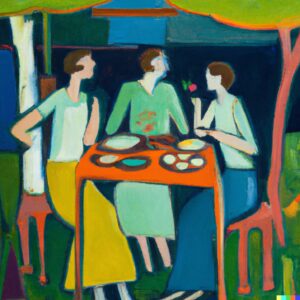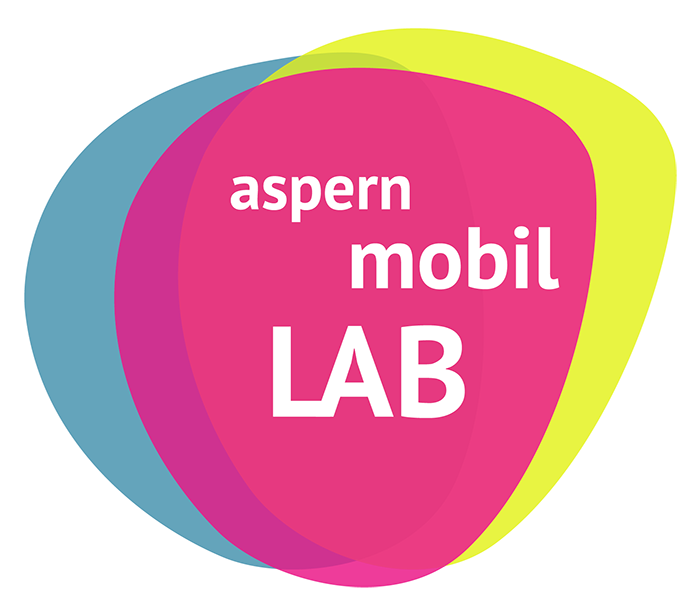Urban Art and Green
Urban Art and Green

© Urban Art and Green
Looking at artworks can have positive effects on personal wellbeing and has been reported to reduce stress.
In this project we will look more closely at the attributes of artworks and investigate what qualities of a piece lead to perceived and measurable well-being state in test subjects. The qualities to be compared are the personal relevance of an artwork, based on the themes depicted, and perceived beauty of the artworks, shown in the level of skill and the artistic style of a piece.
The artworks are generated using artificial intelligence with the software (Dall e 2, Open AI), varying the levels of self-relevance and beauty. One example of the AI generated artwork is presented below (see Figure 1).These qualities are independently validated and presented to test participants in a laboratory setting. Each subject (N=50) will be confronted with five artworks per category for 180 seconds, while wearing devices for physiological measurements. Subjective experience will additionally be validated using questionnaires for each artwork. The well-being states of the participants before and after the interaction with the artworks will be compared to see the well-being benefits.

An example of AI generated artwork from the software Dall e 2 | © Urban Art and Green
“We are pleased to contribute to the improvement of urban space with our project “The effects of temporary urban interventions on public space experience”. The collaboration with aspern.mobil LAB will lead to new insights into the physiological respose to exposure to art of differing qualities and thereby generate insights in design of urban space.” – Dr. Elisabeth Oberzaucher
Planned cooperation with the aspern.mobil LAB
The aspern.mobil LAB will contribute to the project by providing their physiological measuring devices and corresponding smartphones. These devices are an essential part of the study design and measure the heart rate (variability), the skin conductance and the skin temperature.
Contact person
Name: Univ. Prof. Dr. Helmut Leder | Dr. Elisabeth Oberzaucher
E-mail: helmut.leder@univie.ac.at | elisabeth.oberzaucher@univie.ac.at
Phone: +43-1-4277 47110 | +43 660 479 61 54
Further information and other participating institutions: WWTF (Vienna Science and Technology Fund)
- Project website Urban Art and Green
- WWTF – Urban Art and Green
- Vienna Cognitive Science Hub
- University of Vienna – Faculty of Psychology
Funding body
This project is funded through Grant No. 10.47379/ESR20034 (WWTF Call Environmental Systems Research)

© WWTF







